Next, the Queen of Planets, one with such beauty filled with swirling gases and liquids deeper down, surrounded by rings of ice, dust and rock, I welcome you to Saturn – named after the Roman God of wealth and agriculture. It spins fast, taking just 10.7 Earth hours for one rotation, but because of its distance of 1.4 billion kilometers (9.5 A.U*) from the Sun, it takes 10,756 Earth days for one full year to complete. Light itself takes 80 minutes to travel from the Sun to Saturn.
It is the second largest planet in the Solar System, and was discovered centuries ago without the aid of a telescope. Like its neighbor Jupiter, Saturn too is mostly made of hydrogen and helium but has a considerably smaller core. These gases make the planet’s density lower than water’s; meaning, if you could throw Saturn into a giant bathtub, it would float.

Picture Credit – NASA
Saturn formed along with the rest of the Solar System 4.5 billion years ago, when gravity attracted gases and dust to form the stunning planet we see today.
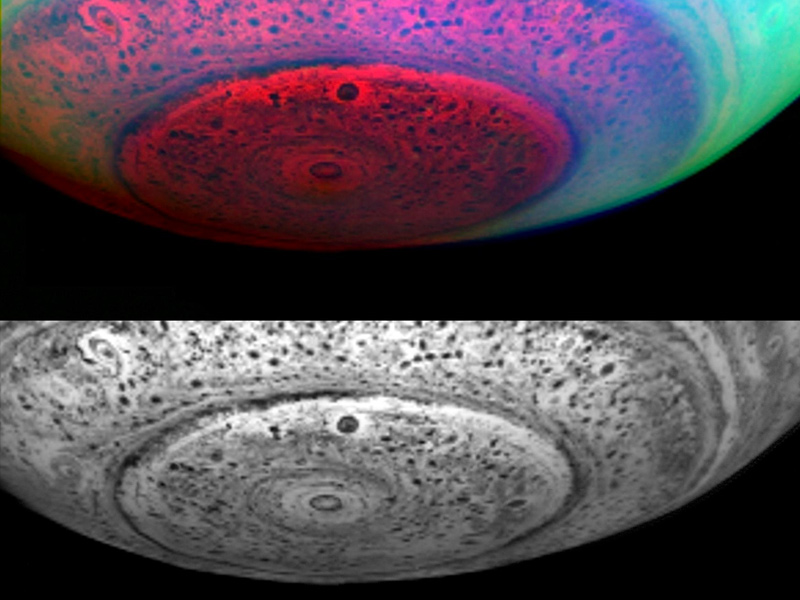
Picture Credit – NASA/JPL/University of Arizona
The rings of Saturn are thought to be made of pieces of comets, moons and asteroids that were torn apart by Saturn’s gravity. These billions of pieces of rocks and ice are coated with dust. The sizes of these particles vary from tiny ones to those that are as large as mountains. Curiously, these rings each spin at different speeds. Saturn’s ring system extends 282,000 kilometers from the planet and the vertical height is about 10 meters in the main rings.
So far, 4 spacecraft have visited Saturn. Pioneer 11 showed us the first proper image of Saturn in 1979 and the Voyagers 1 and 2 flew by the planet in 1980 and 1981. These missions provided us with interesting information, however, it was only during the Cassini Mission that we were able to study the planet in much more detail. The Cassini spacecraft arrived in Saturn’s orbit in 2004 and lasted for 13 years before ending its life by plunging into Saturn.
- Top Left – On July 13th 2019, the Cassini Spacecraft slipped into the shadows of Saturn and captured the planet, its inner rings and seven of its moons. Picture Credit – NASA/JPL-Caltech/SSI
- Top Right – The last picture of Saturn taken by the Cassini Spacecraft after giving us 13 years’ worth of information about the planet; two days before it plunged into the atmosphere. Picture Credit – NASA/JPL-Caltech/SSI
- Bottom Left – NASA’s Hubble Space Telescope captured Saturn’s rings sideways, making it look as though it had almost disappeared. Picture Credit – NASA/JPL/STScI
- Bottom Right – A picture of Saturn half-bathed in light, taken by none other than the Cassini Spacecraft. Picture Credit – NASA/JPL/Space Science Institute
Cassini also carried ESA’s (European Space Agency’s) Huygen’s Probe, which landed on one of Saturn’s moons – Titan.
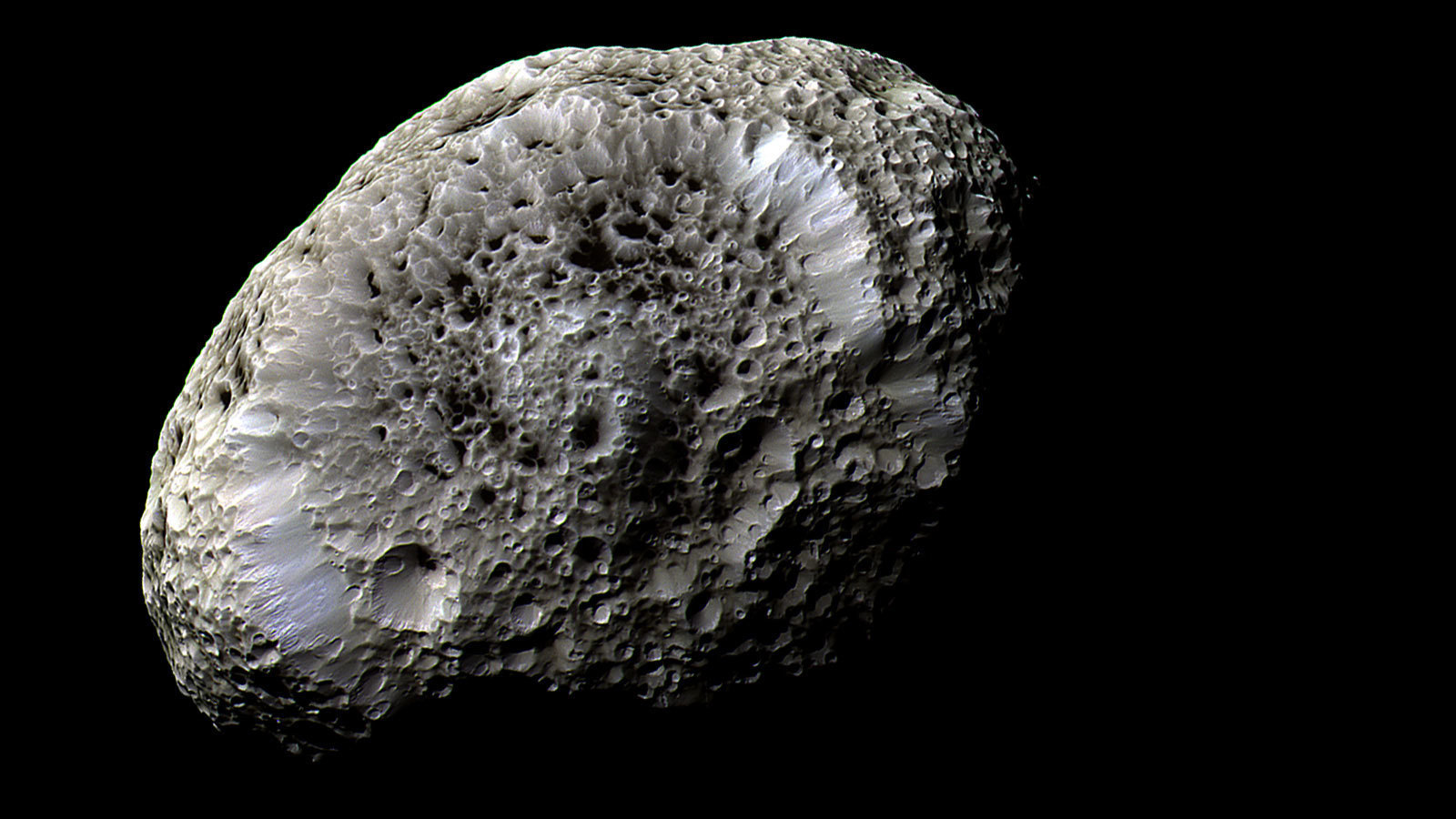
Saturn has 53 confirmed moons and 29 waiting to be confirmed. Some of these moons are even larger than Mercury. According to NASA, the moons Enceladus and Titan are important targets for scientific research.
The Voyager’s pictures of Enceladus from the 1980s showed us that its icy surface is remarkably smooth in some areas and is bright white everywhere. This moon is quite small, only 500 kilometers across, and could fit within the length of the United Kingdom.


An illustration of the interior of the moon Enceladus, showing a liquid water ocean between its rocky core and ice crust. The layers shown are not to scale. Picture Credit – NASA/JPL-Caltechtech
The other moon – Titan, is the only moon in our Solar System that has clouds and a dense atmosphere, and the only other world that has liquids on its surface. The indicative presence of liquid oceans of water on Titan makes it a body that could have the environments supporting life as we know it and don’t know it. The complex chemistry and environments on Titan makes it a certain place for further exploration.
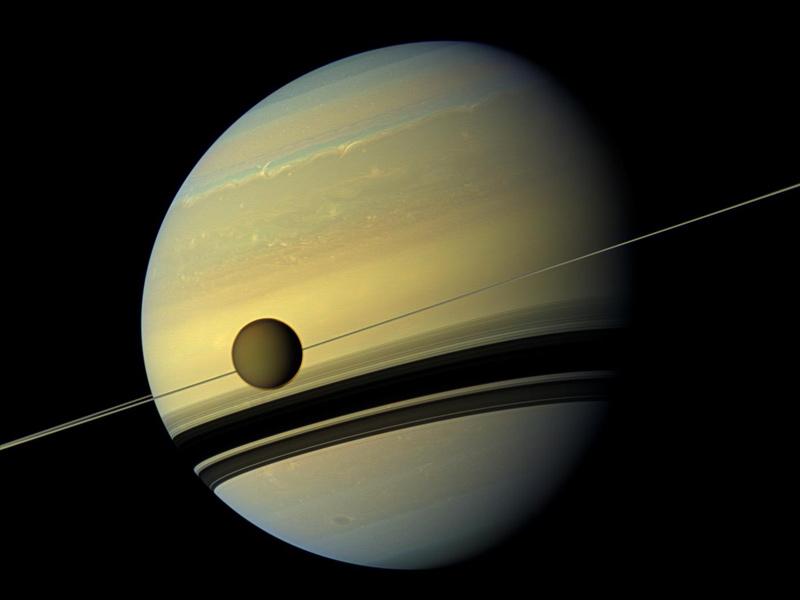
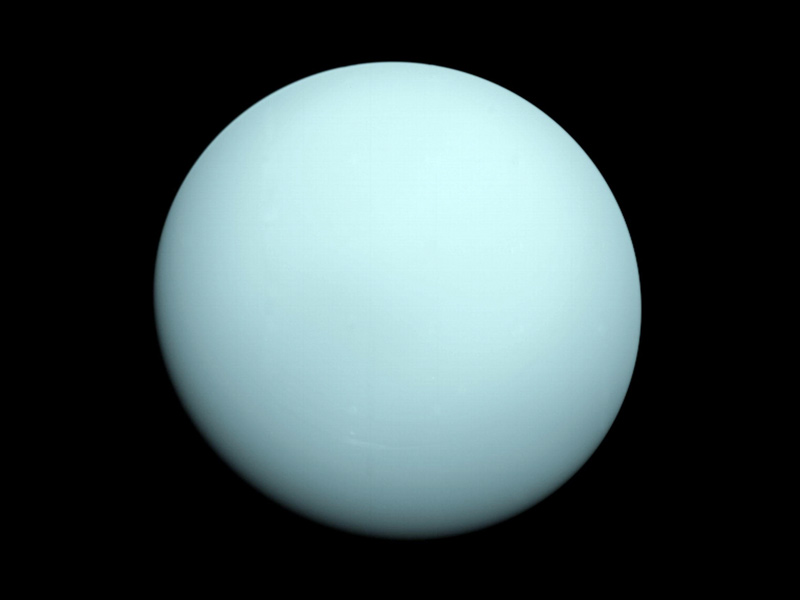
As you probably guessed, the above is a picture of the 7th planet from the Sun – Uranus. Roughly 84 Earth years make one year on Uranus. Discovered in 1781 by the musician and amateur astronomer William Herschel, this icy planet is 4 times larger than Earth and is named after the Greek God of the Sky.
Like Saturn, Uranus too has rings. There are at least 13 known rings, and one of the outermost rings – the Epsilon Ring, is 51,000 kilometers away from the planet’s center and is kept straight and narrow by the gravity of two other moons, Cordelia and Ophelia. These rings are very dark and probably made of boulders and not ice.
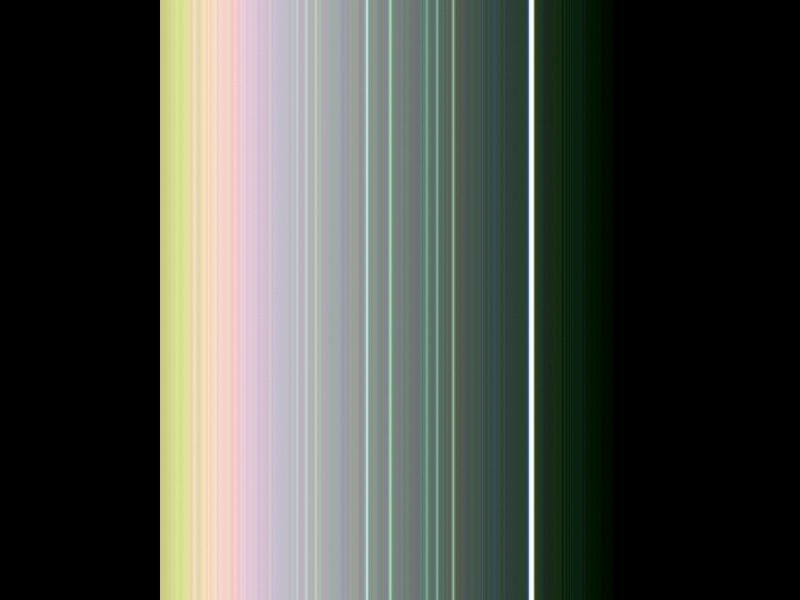
Uranus is an icy giant. Its rocky core is topped by layers of hot, dense, fluids of icy materials – water, methane and ammonia that make up a majority of its mass. Just like Venus, this planet too rotates from east to west, and it rotates on its side, in a nearly 90-degree angle from the plane of its orbit. This unique sideways rotation gives Uranus’s North Pole 21 years of nighttime in winter, 21 years of daytime in summer and 42 years of day and night in spring and autumn.
When you look at it, Uranus is probably the blandest planet in our Solar System – a hazy blue ball with nothing much visible on its surface. The chemicals acetylene and methane in its atmosphere are the ones obscuring the planet’s features. However, when viewed through different wavelengths, a whole new world is revealed.
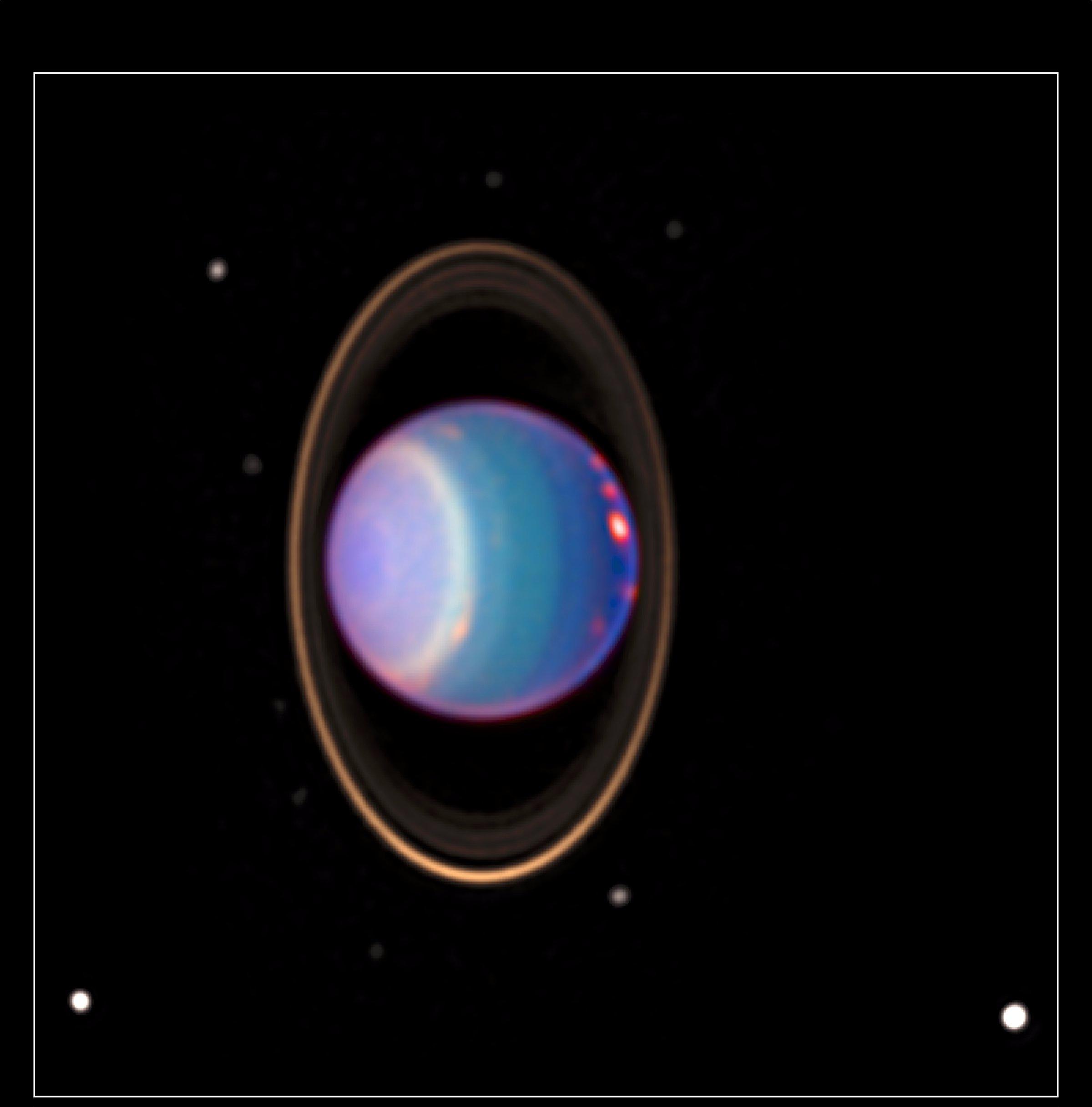
As an ice giant, the planet does not have a proper surface. It mostly has swirling fluids. While no spacecraft would be able to land on Uranus, it would still be crushed under the extreme pressures, temperatures and storms there.
Uranus has 27 known moons. Although most other heavenly bodies in our Solar System are named after Greek and Roman Gods, the moons of Uranus are named after characters from the works of William Shakespeare and Alexander Pope.
The inner moons of Uranus appear to be half water ice and half rock. The compositions of the outer moons are currently unknown, although they are mostly asteroids caught in gravity.
The potential for life as we know it to thrive on Uranus is currently negligible as organisms would not be able to adapt to the extreme climate of the planet.
(*AU – One AU or Astronomical Unit is the distance between the Earth and the Sun – about 150 million kilometers)
And that ends this post, I hope you liked it! See you on Neptune!
Links you might be interested in –








Learned a lot of things I didn’t know before here
LikeLiked by 1 person
Glad to hear it!😊
LikeLike
Learned a lot! Looking forward to the next exciting segment.
LikeLiked by 1 person
Thanks a lot!! It will come out next week!
LikeLike